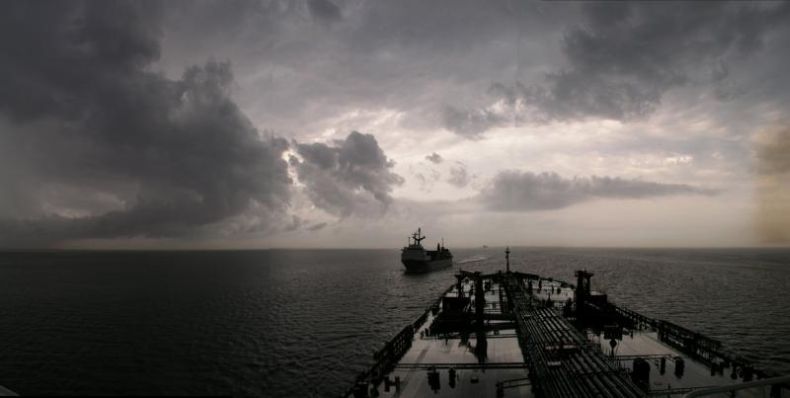|
|
Ship Vessel View
|
A vessel's stability is considered in both this hydrostatic sense as well as a hydrodynamic sense, when subjected to movement, rolling and pitching, and the action of waves and wind. Stability problems can lead to excessive pitching and rolling, and eventually capsizing and sinking.
• Hydrodynamics
The advance of a vessel through water is resisted by the water. This resistance can be broken down into several components, the main ones being the friction of the water on the hull and wave making resistance. To reduce resistance and therefore increase the speed for a given power, it is necessary to reduce the wetted surface and use submerged hull shapes that produce low amplitude waves. To do so, high-speed vessels are often more slender, with fewer or smaller appendages. The friction of the water is also reduced by regular maintenance of the hull to remove the sea creatures and algae that accumulate there. Antifouling paint is commonly used to assist in this. Advanced designs such as the bulbous bow assist in decreasing wave resistance.
A simple way of considering wave-making resistance is to look at the hull in relation to its wake. At speeds lower than the wave propagation speed, the wave rapidly dissipates to the sides. As the hull approaches the wave propagation speed, however, the wake at the bow begins to build up faster than it can dissipate, and so it grows in amplitude. Since the water is not able to "get out of the way of the hull fast enough", the hull, in essence, has to climb over or push through the bow wave. This results in an exponential increase in resistance with increasing speed.
|
|









